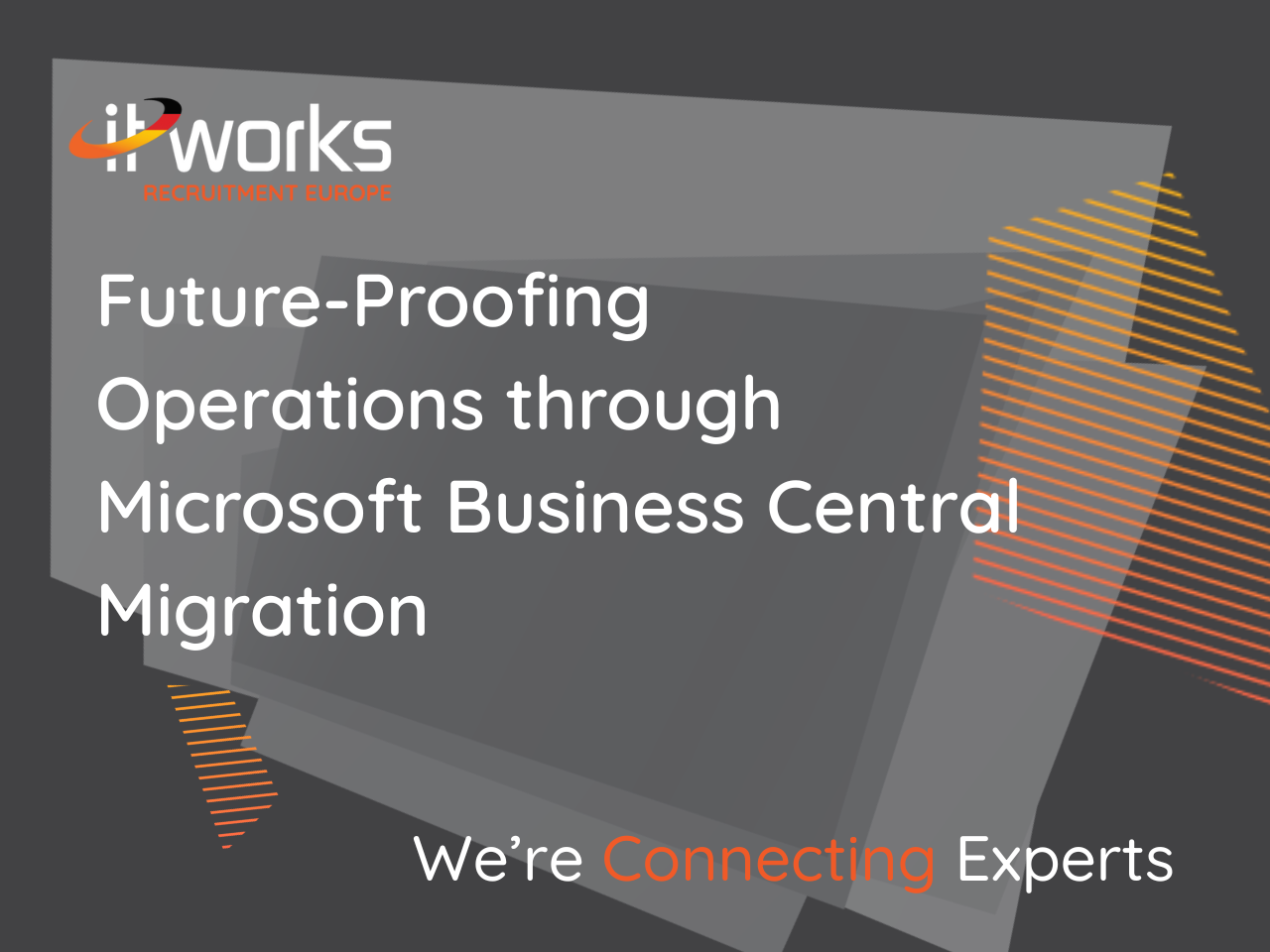Migration from NAV 2016 to Business Central
When a mid-sized wholesale and distribution company found their legacy ERP system was holding back growth, they turned to Microsoft Business Central for a modern, cloud-based solution.
Read how with our support, the business migrated from NAV 2016 to Business Central in just five months.

The Challenge
The client had been using Microsoft Dynamics NAV 2016, supported by a range of customisations that were no longer fit for purpose. As the business expanded into e-commerce and multi-channel retail, the system’s limitations created growing inefficiencies.
Key challenges included:
- Lack of integration with modern e-commerce platforms.
- Manual order processing and inventory updates.
- Limited real-time reporting capabilities.
- Rising compliance risks due to outdated financial processes.
- Increased maintenance costs as support for NAV 2016 came to an end.
The client required a modern, cloud-based ERP system to streamline operations, ensure compliance, and support future growth.
Objectives
The project aimed to:
- Migrate from NAV 2016 to Microsoft Business Central (Cloud).
- Standardise and modernise business processes.
- Automate order processing and synchronise inventory across multiple sales channels.
- Enable seamless e-commerce and payment integrations.
- Ensure compliance with evolving financial and reporting regulations.
Our Process
By leveraging our network, we quickly sourced the right talent and worked alongside the client’s internal IT team to ensure a seamless deployment aligned with compliance and infrastructure requirements. We successfully placed:
- A Business Central Functional Consultant with expertise in distribution and local compliance.
- A Technical Consultant experienced in system upgrades and platform integrations.
The Results
The migration was completed within 5 months, delivering measurable improvements:
- Automated order synchronisation with e-commerce platforms.
- 40% improvement in inventory accuracy.
- 50% reduction in financial reporting cycle times.
- Rapid adoption, with staff fully trained and operational within 2 weeks of go-live.
The project also created a foundation for future scalability, with plans to implement Power BI and CRM integration in the next phase.
- 5 Months
- End to End Migration
